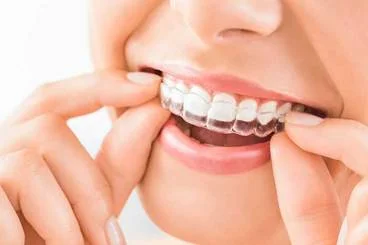Braces & Aligners

Braces and aligners are two primary orthodontic treatments used to correct misaligned teeth and jaws, ultimately improving oral health, function, and aesthetics. While both achieve similar goals, they differ significantly in their mechanics, appearance, and patient experience.
Braces: The Traditional Approach
Traditional braces consist of metal or ceramic brackets bonded to the surface of each tooth, connected by a wire. This wire is periodically adjusted by an orthodontist, applying continuous, gentle pressure that gradually shifts the teeth into their desired positions. The process typically takes between 18 months and 3 years, depending on the complexity of the case.
Types:
- Metal Braces: The most common and visible type, known for their durability and effectiveness.
Aligners: The Modern Alternative
Clear aligners, most famously Invisalign, are a series of custom-made, removable trays typically crafted from clear, medical-grade plastic. Each aligner in the series is worn for about one to two weeks before progressing to the next, gradually moving the teeth. Patients are typically instructed to wear their aligners for 20-22 hours a day, removing them only for eating, drinking (anything other than water), brushing, and flossing. The total treatment time can vary from 6 months to 2 years or more.
- Advantages: Nearly invisible, removable (allowing for normal eating and easier oral hygiene), generally more comfortable than braces, and require fewer emergency appointments.
- Disadvantages: Require significant patient compliance (must be worn consistently), may not be suitable for all complex orthodontic cases, and can be more expensive than traditional braces. Losing an aligner can also set back treatment.Choosing the Right Option
The decision between braces and aligners depends on several factors, including the severity of the misalignment, lifestyle, budget, and personal preferences. An orthodontist will conduct a thorough examination, including X-rays and impressions, to recommend the most appropriate treatment plan. While braces remain a reliable solution for even the most challenging cases, aligners offer a discreet and convenient alternative for many individuals seeking to improve their smile. Both options ultimately lead to a healthier, more confident smile, making the investment in orthodontic care a worthwhile one.